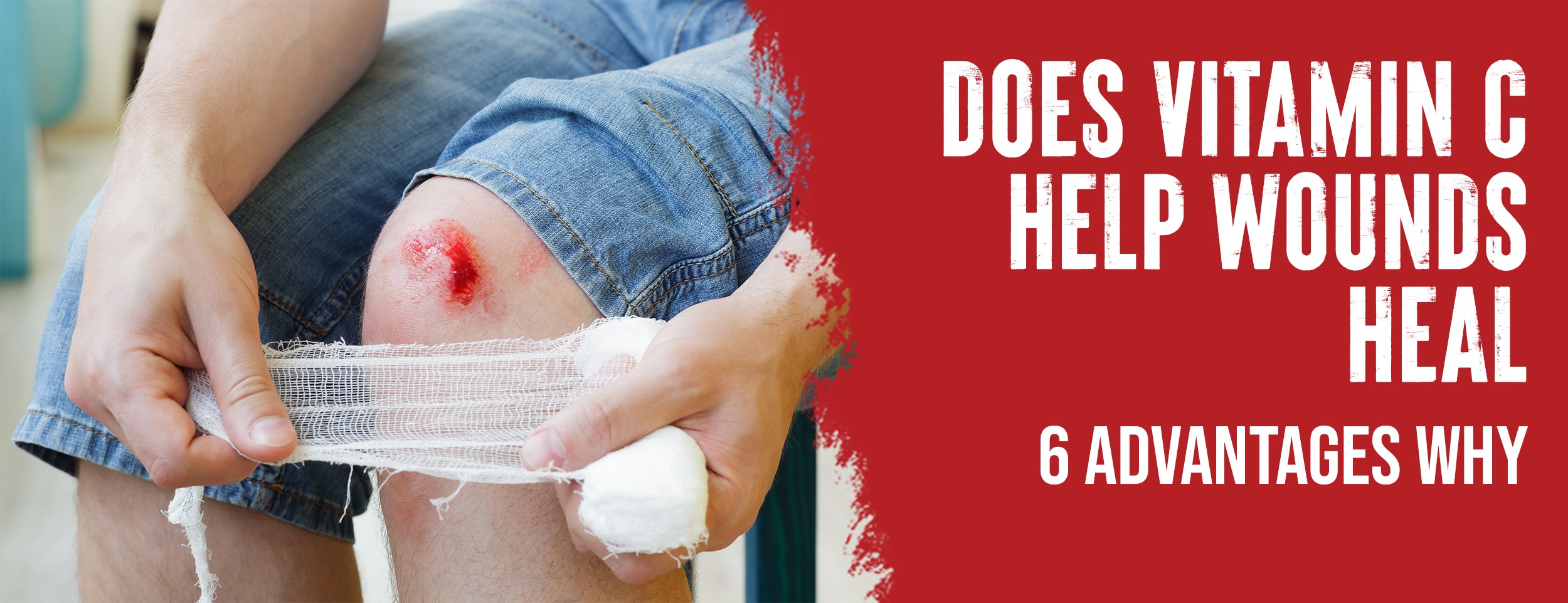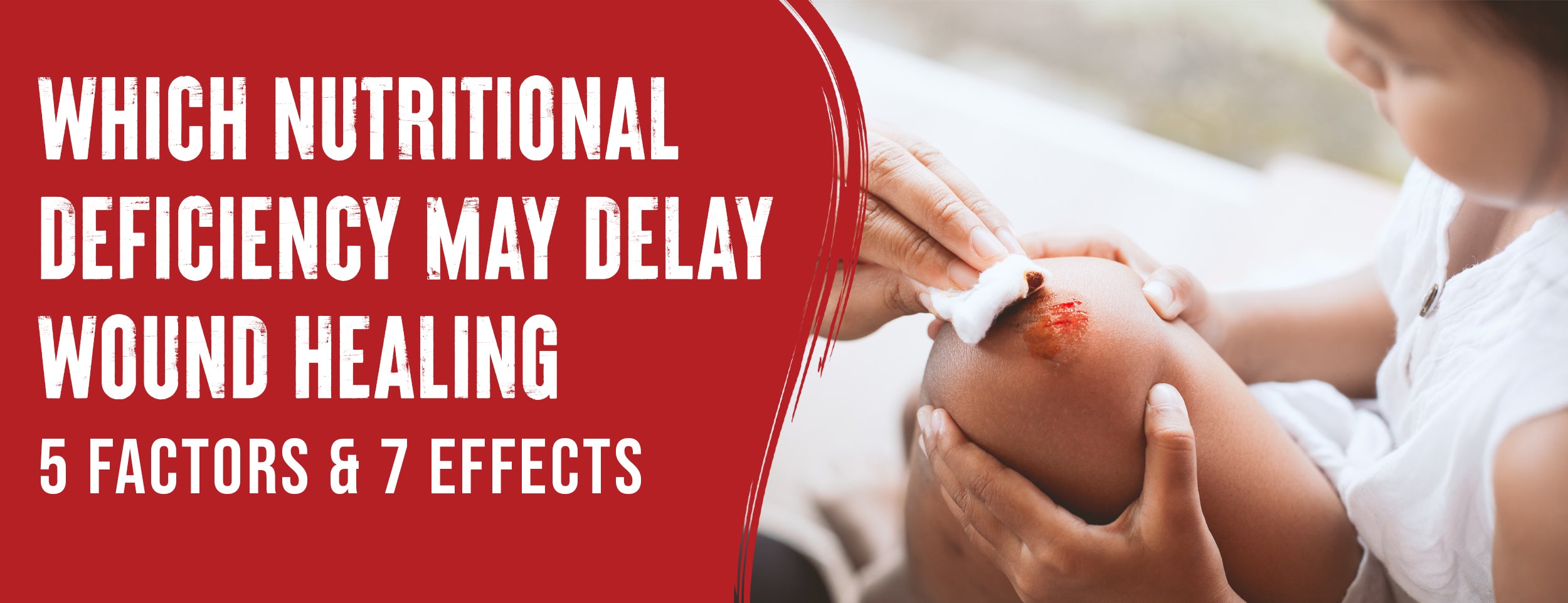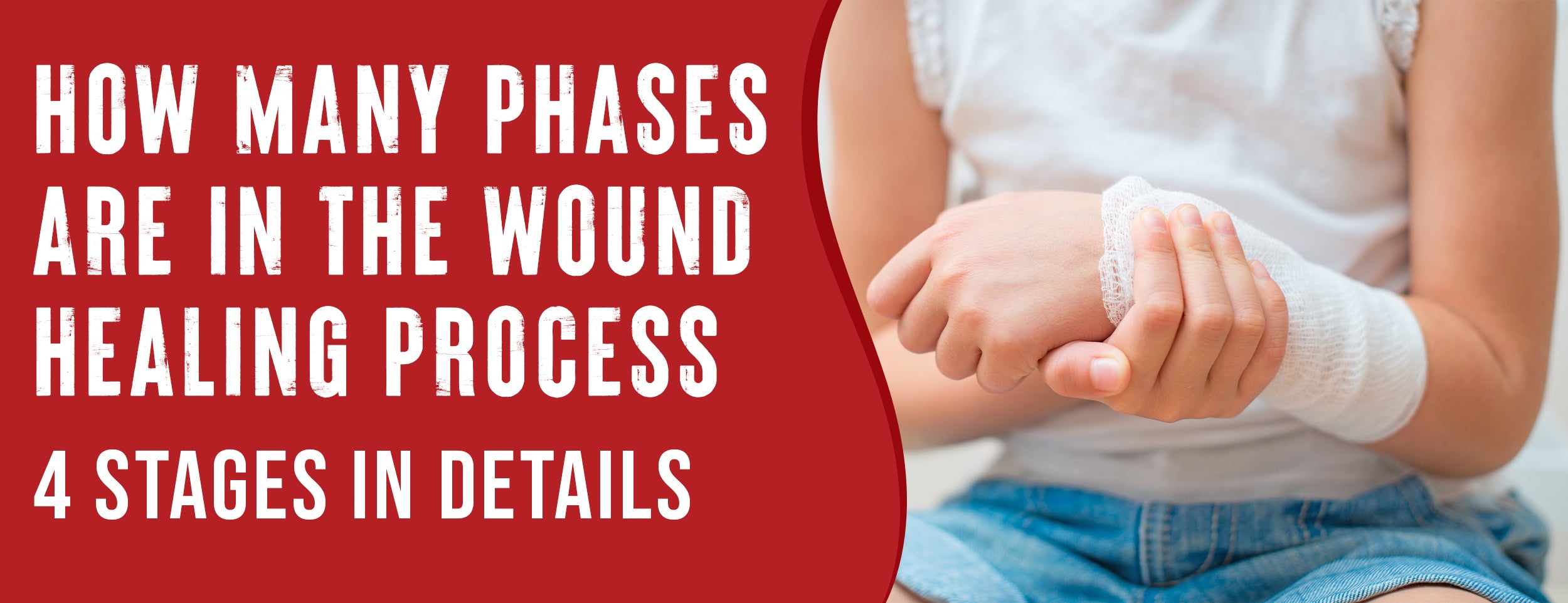Bouncing back from injuries is a test of time and tenacity. Post-injury, players embark on a 3 to 9-month rehabilitation journey, where restoring joint motion and fitness conditioning take center stage. It's a challenging process, but every setback is a setup for a comeback.
Sleep is the ultimate recovery method for soccer players, and its benefits are irreplaceable. Injuries can be healed through proper sleep, refueling, stretching/yoga, cross-training, foam rolling, massage, hot or ice baths, and meditation.
In this blog post, we'll explore soccer player’s various methods and techniques to recover from injuries, from rest and rehabilitation to cutting-edge technology.
How Do Soccer Players Recover From Injuries: 6 Types

Injuries to soccer players can range from minor sprains to serious head injuries. Injuries include ankle sprains, knee ligament tears, muscle strains, and concussions. Collisions with other players, sudden stops, and unbalanced movements can cause these.
Hamstring
Powerful movements like sprinting, lunging, and jumping are common causes of hamstring injuries in soccer players. When tendons and muscles are overextended, the risk of injury increases. Slower movements can also put you at risk.
Recovery
As a soccer player, recover the hamstring strain with these easy and practical exercises: gentle stretching, foam rolling, hamstring bridges, and heel slides. Remember to gradually increase the intensity and take enough rest for optimal healing.

Ankle sprains
Ankle ligaments support the joint of a soccer player and connect bones, so stretching or tearing them can cause sprained ankles. When your ankle is forced out of its normal position, it can cause one or more of its ligaments to stretch, partially tear, or ultimately tear.
Recovery
A soccer player usually takes 4-6 weeks to fully recover from an ankle sprain. Milder sprains heal quicker, while severe sprains take longer. Physical therapy exercises, rest, ice, compression, and elevation can strengthen the ankle (RICE). In order to prevent recurrence of the injury and ensure complete recovery of the ankle, proper recovery protocols are essential.
Knee injuries

Fractures, dislocations, and sprains often cause injury to the knee in soccer. Player injuries affecting the knee include anterior cruciate ligament (ACL) and meniscus tears. The patella (kneecap) may fracture because of a high-affected injury in soccer.
Recovery
Knee injury recovery times vary based on the severity of the injury. Strains and sprains can be treated with RICE (rest, ice, compression, elevation), while significant injuries like ACL tears and fractures may require surgery and extended physical therapy. A soccer player should also strengthen and stretch their knees to prevent further injuries.
Soccer Player's Quad and Groin Strains
Sharp pain in the back of the thigh or inner thigh. Sprinting, or a challenge that stretches the hamstrings or groin forcefully, can cause bruising or swelling behind or on the side of the knee.
Recovery
Soccer players have These strains can range from mild to severe, causing discomfort and limiting movement. Recovery from these injuries typically involves rest, physical therapy, and gradual strengthening exercises to prevent future strains. Following a proper rehabilitation plan and seeking medical attention is crucial to ensure true healing and avoid further damage.
Hip pointers
The hip pointer is a deep bruise to the iliac crest, a ridge of bone that runs from the top to the bottom of the hip. It's usually caused by a hard fall or a direct blow to the hip. Hip-pointed symptoms include pain and tenderness for a soccer player. Recovery from the injury usually involves taking a break from activity until it heals.

Recovery
There are several ways to treat hip pointers during the recovery process. First, the player has to rest because immobilizing the injury reduces swelling. Second, we can apply ice to the hip to reduce inflammation and relieve pain.
Players can implement physical therapy exercises to strengthen the muscles to prevent future injuries. Healthcare professionals should be consulted when diagnosing and treating hip pointer injuries.
Shin Splints
This is medial tibial stress syndrome. This condition causes inflammation along the inner edge of the shinbone. Players feel pain in the lower leg area between the ankle and the middle of the leg.
Recovery
Shin splints can be treated by including rest and ice to reduce inflammation, stretching and strengthening exercises for the affected muscles, and wearing appropriate footwear to support proper alignment and cushioning during physical activity.
Over-the-counter pain medications can be used as directed for temporary relief of discomfort. A player should listen to his body, and avoiding activities exacerbating the pain is essential until the symptoms fully resolve.
Getting Back to Play: 6 Immediate Methods

For the body to heal itself, Player rest and sleep are essential. The body needs nutrients to repair tissues and regenerate muscles. Yoga and stretching can help reduce soreness and increase flexibility. Foam rolling and massage techniques can also help loosen tight muscles. Hot or ice baths can reduce inflammation and speed up healing.
Sleep
A soccer player needs plenty of sleep, which is vital in recovery. During sleep, the body can repair damaged tissues and cells, speeding up healing. It's essential to ensure you get at least 7-9 hours of sleep each night.
Proper Refueling
Repairing and replacing damaged muscle tissue requires carbohydrates and protein. Carbohydrates provide energy instantly, while protein helps rebuild muscle. Here are a few great post-workout snacks:
- Chocolate milk.
- Greek yogurt.
- Bananas.
- Sweet potatoes.
- Nuts and seeds.
- Whole grain cereal and milk.

Stretching/Yoga
It is beneficial for a soccer player to stretch after physical activity to reduce soreness and stiffness and to prevent injuries. Stretching routinely after a workout will aid in players' recovery. Stress and tension can also be released from the body is through yoga, which relieves muscle pain and improves flexibility.
Foam Rolling
It allows for better blood flow and faster recovery when you break up knots and adhesions in the muscles with a foam roller. Using foam rolling can minimize injury risks and reduce muscle soreness. A player has to take a daily routine that should include foam rolling for optimal muscle recovery.
Massage
The benefits of massage therapy include relaxation, reduced stiffness, and improved muscle blood flow. Taking regular massages with a licensed massage therapist is a great way to reap the full benefits of a massage.
Baths: Hot or Ice
Hot and ice baths are an age-old recovery technique to ease muscle soreness, reduce inflammation, and improve recovery time for a soccer player. Hot baths are used to augment blood flow and soothe sore muscles, while ice baths are used to reduce muscle inflammation and pain.
Soccer Player’s Mental Recovery: 3 Methods

Mental recovery plays a crucial role in the overall rehabilitation process, and the right mindset can speed up the healing. Below are some mental recovery methods soccer players can use to get back to their best.
Positive Thinking
- Positive thinking is a critical mental recovery method for soccer players. By focusing on positive thoughts, players can maintain a strong mindset and overcome the mental challenges of injury recovery.
- Positive self-talk is one way to promote positive thinking. Soccer players can use affirmations, such as “I am strong, both mentally and physically,” or “My body is healing quickly and effectively,” to maintain a positive mindset.
- Focusing on the progress, rather than the setbacks, can help promote positivity in soccer players.
Visualization
- Visualization is another mental recovery method soccer players can use to enhance their recovery process.
- By imagining themselves performing specific movements or actions, soccer players can improve muscle memory and increase their confidence when they return to the field.
- Visualization in their recovery routine can keep players motivated and focused on their goals.
Mindfulness and Meditation
- Mindfulness and meditation benefit soccer players recovering from injury by reducing stress and promoting relaxation.
- Players can reduce their anxiety levels and improve their mental state by practicing mindfulness techniques such as deep breathing or body scanning.
- Meditation, which focuses on the present moment, can help soccer players stay grounded and centered during their recovery.
Long-Term Recovery: 6 Methods

Implementing long-term recovery methods is necessary. These methods facilitate healing and reduce the risk of future injuries. Below are some critical aspects of long-term recovery methods:
Compression Pants or Boots
Compression pants or boots are a great way to reduce swelling and inflammation in an injured area. They work by applying pressure to the site, increasing blood flow, and reducing the build-up of fluids. This will speed up the healing process and also provide relief from pain.
Avoid Playing Through Injuries
A soccer player's worst mistake is play through an injury. Doing so can only worsen the condition and prolong the recovery process. It's essential to take the time to heal properly, even if it means sitting out for a few games.
Stretching
Once the swelling has gone down, performing basic stretches is essential. This can help improve flexibility, reducing the risk of future injuries. The best action is to consult with a healthcare professional to ensure that you are stretching the right muscles and avoiding any that may cause further damage.

Diet
Maintaining a healthy diet is essential during the recovery process. Include anti-inflammatory foods like leafy greens, fruit, nuts, and fish. Healing can be sped up by eating these foods, which reduce inflammation.
Rehabilitation
Seeing a physical therapist or sports therapist for rehabilitation is an essential step in recovery. They can guide exercises and techniques that help the injured area regain strength and flexibility. This can also help you regain confidence in your ability to play soccer.
Percussion Massage Gun
A massage gun is a handheld device that delivers rapid pressure pulses to the muscles. This can help reduce tension and improve circulation, speeding up healing. Using the device correctly and avoiding it in swollen or tender areas is essential.
Soccer Injury Recovery: 3 Factors

With the right approach and attitude, overcoming setbacks and returning to the field more robust and better than ever is possible. We will highlight the key factors that contribute to successful recovery and provide helpful tips for injured soccer players.
Time and Patience
The first key factor for successful recovery is time and patience. Soccer players must understand that injuries take time to heal, and rushing the recovery process can lead to further setbacks. Injured players give themselves the best chance to recover by allowing their bodies to heal naturally.
Rehabilitation Plan Adherence
Another critical factor for recovery, is adherence to the treatment recommended by medical professionals. This plan may include physical therapy, prescribed medication, and other medicines to aid healing. By diligently following the rehabilitation plan and prescription, players can speed up their recovery and avoid further injury.

Positive Attitude
Soccer players must maintain a positive attitude throughout their recovery journey. A positive attitude can help the player stay motivated and focused, reducing stress and anxiety. The player must remember that setbacks are part of recovery and should not get discouraged. Players who maintain a positive attitude can return stronger and better from injury.
Conclusion
Injuries are not the end of the world for soccer players. They can be devastating, but returning to the game in total health with proper care and recovery is possible. From immediate care to long-term recovery methods, various steps are involved in the recovery process, and each effort is essential to achieving a successful recovery.
Remember, healing takes time, patience, and adherence to a rehabilitation plan. So, be kind to your body, prioritize your health, and return stronger.












